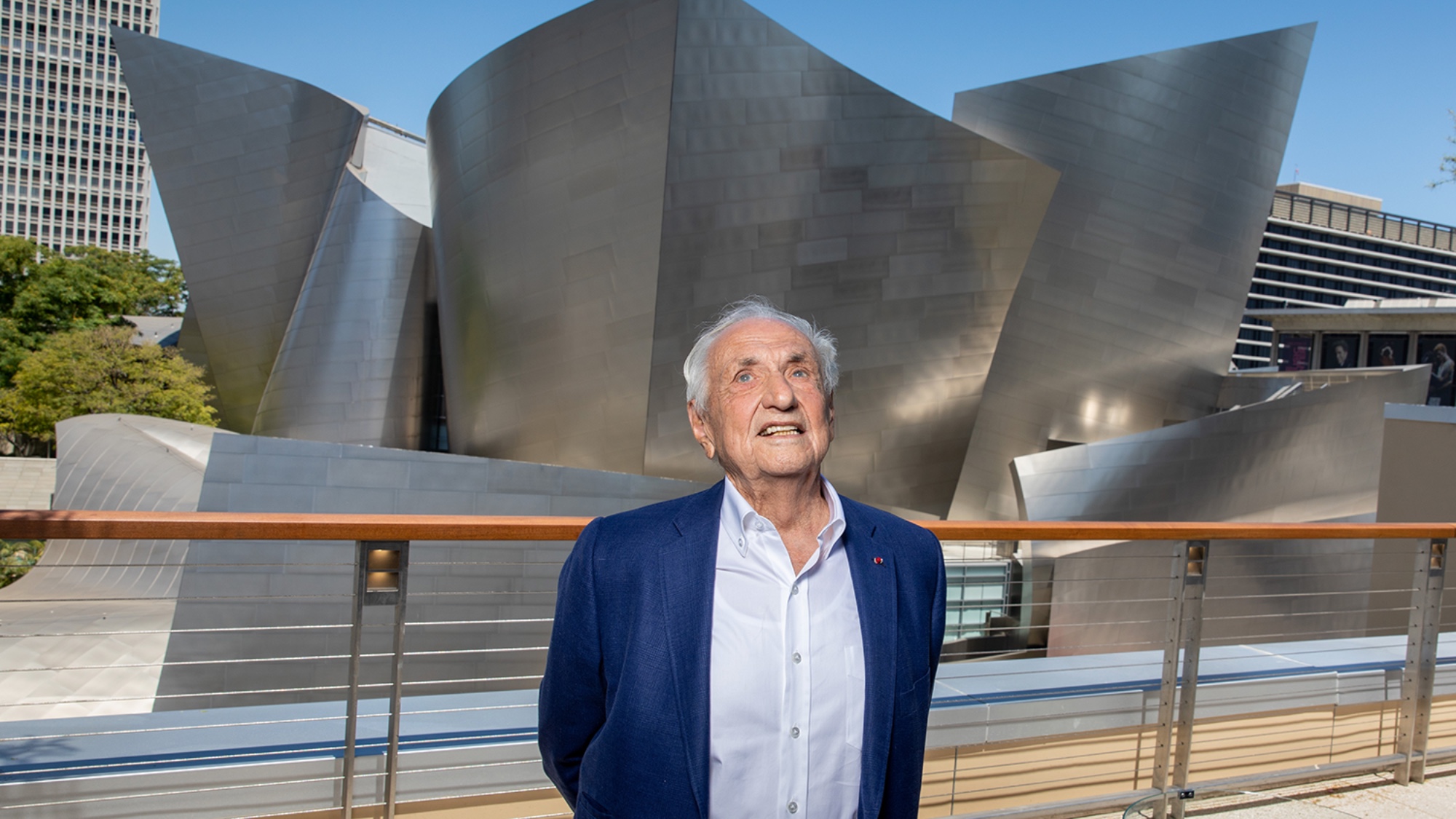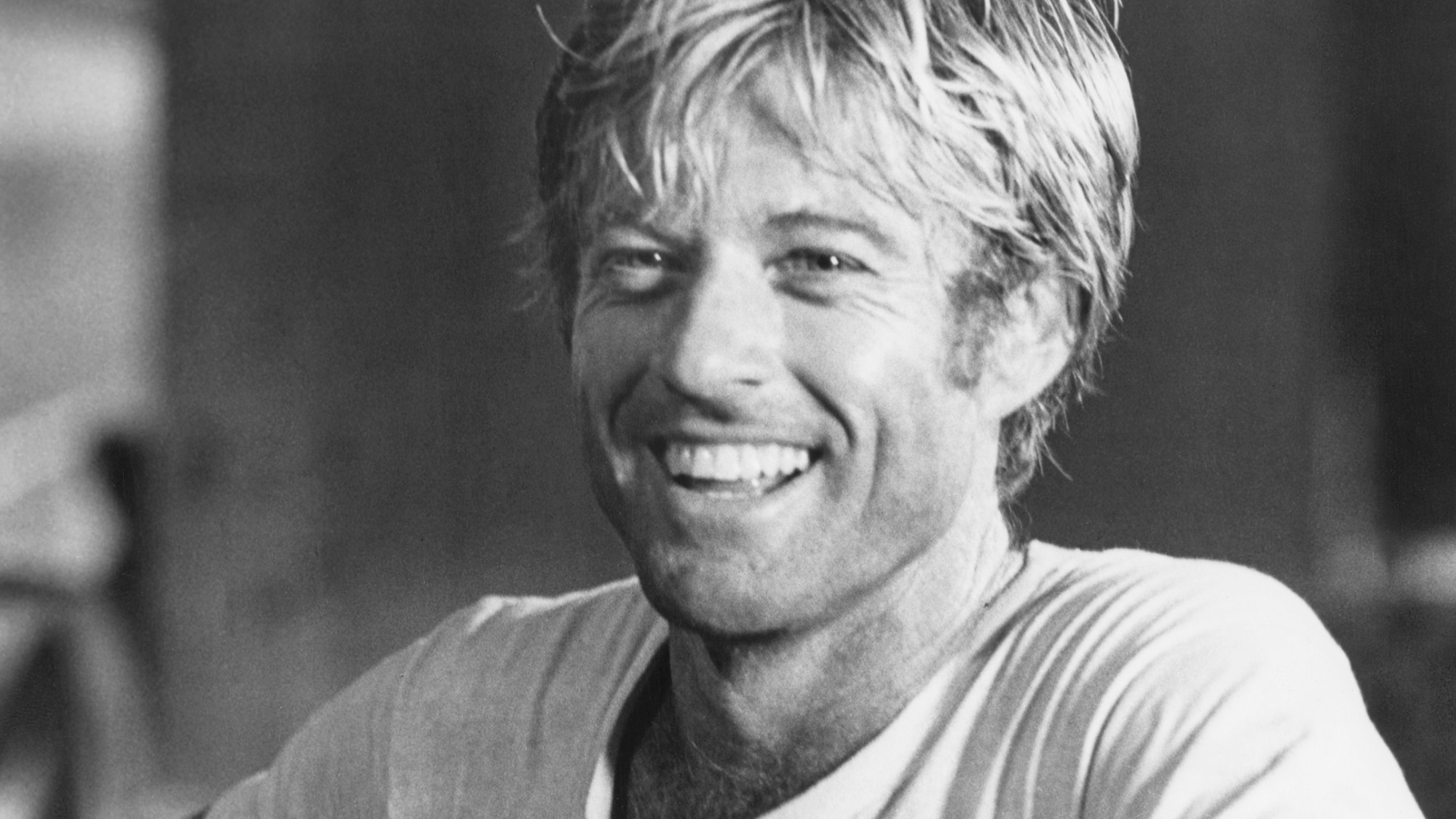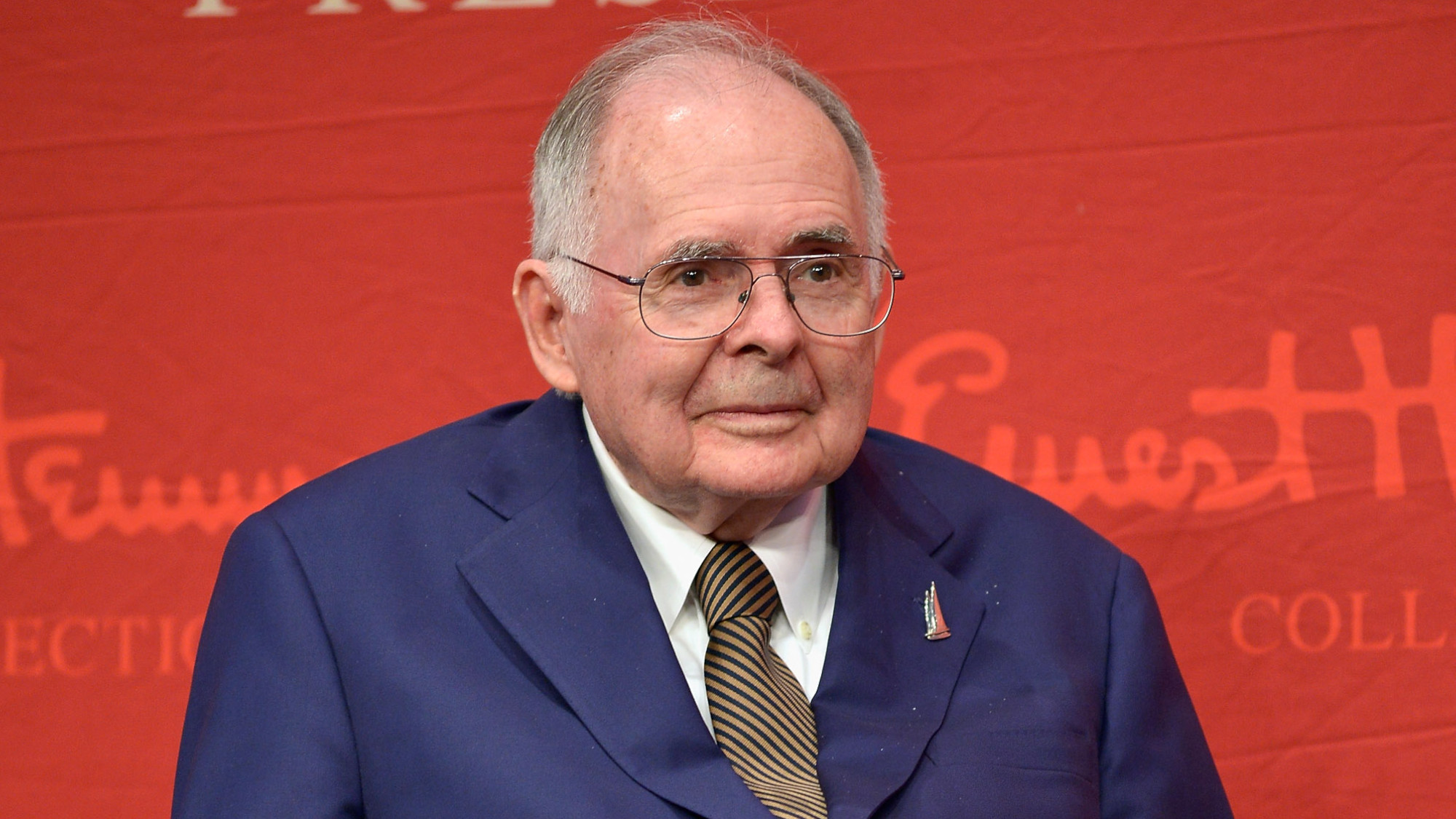Earl Cooley
The firefighter who pioneered smoke jumping
Earl Cooley
1911–2009
Earl Cooley was one of the first two men to ever parachute from a plane to fight a raging forest fire. That same day, July 12, 1940, he also almost became the first man to die smoke jumping when he landed in the top branches of a spruce tree in northern Montana. But the fire was extinguished, and he went on to become superintendent of the smoke jumper base in Missoula and a founder of the National Smokejumper Association.
The Week
Escape your echo chamber. Get the facts behind the news, plus analysis from multiple perspectives.

Sign up for The Week's Free Newsletters
From our morning news briefing to a weekly Good News Newsletter, get the best of The Week delivered directly to your inbox.
From our morning news briefing to a weekly Good News Newsletter, get the best of The Week delivered directly to your inbox.
One of 11 children raised by homesteaders in Sarpy Creek, Mont., Cooley grew up fishing and hunting, said The Wall Street Journal. In 1937 he joined the U.S. Forest Service. Previously, the agency had rejected the idea that smoke jumpers could halt a blaze by digging trenches and cutting down trees. When the Forest Service changed its policy in 1939, Cooley was among the first applicants accepted into the smoke jumpers program. He was still a novice when he was “called to fight his first fire.”
That day, lightning had ignited a fire in Idaho’s Nez Perce forest, and the wind was blowing so hard that “Cooley’s load lines twisted up behind his neck.” As he searched for the emergency chute, the lines gradually unwound. He was in a virtual free-fall when he clipped
the spruce tree. Uninjured, he quickly rejoined his partner and the pair “squelched the fire.” They then hiked 28 miles to the nearest
ranger station.
A free daily email with the biggest news stories of the day – and the best features from TheWeek.com
“I don’t know why,” Cooley once said, “but I was never afraid to jump.” Cooley retired from the Forest Service in 1975 and opened a real estate firm.
-
 Joanna Trollope: novelist who had a No. 1 bestseller with The Rector’s Wife
Joanna Trollope: novelist who had a No. 1 bestseller with The Rector’s WifeIn the Spotlight Trollope found fame with intelligent novels about the dramas and dilemmas of modern women
-
 Frank Gehry: the architect who made buildings flow like water
Frank Gehry: the architect who made buildings flow like waterFeature The revered building master died at the age of 96
-
 R&B singer D’Angelo
R&B singer D’AngeloFeature A reclusive visionary who transformed the genre
-
 Kiss guitarist Ace Frehley
Kiss guitarist Ace FrehleyFeature The rocker who shot fireworks from his guitar
-
 Robert Redford: the Hollywood icon who founded the Sundance Film Festival
Robert Redford: the Hollywood icon who founded the Sundance Film FestivalFeature Redford’s most lasting influence may have been as the man who ‘invigorated American independent cinema’ through Sundance
-
 Patrick Hemingway: The Hemingway son who tended to his father’s legacy
Patrick Hemingway: The Hemingway son who tended to his father’s legacyFeature He was comfortable in the shadow of his famous father, Ernest Hemingway
-
 Giorgio Armani obituary: designer revolutionised the business of fashion
Giorgio Armani obituary: designer revolutionised the business of fashionIn the Spotlight ‘King Giorgio’ came from humble beginnings to become a titan of the fashion industry and redefine 20th-century clothing
-
 Ozzy Osbourne obituary: heavy metal wildman and lovable reality TV dad
Ozzy Osbourne obituary: heavy metal wildman and lovable reality TV dadIn the Spotlight For Osbourne, metal was 'not the music of hell but rather the music of Earth, not a fantasy but a survival guide'


